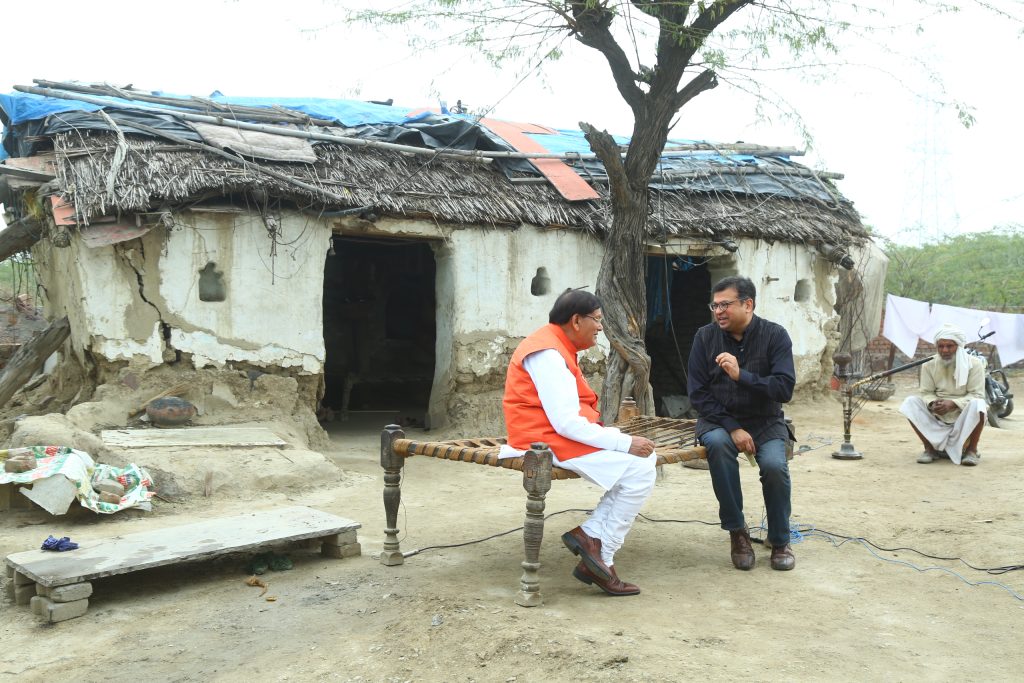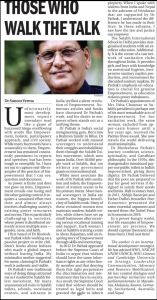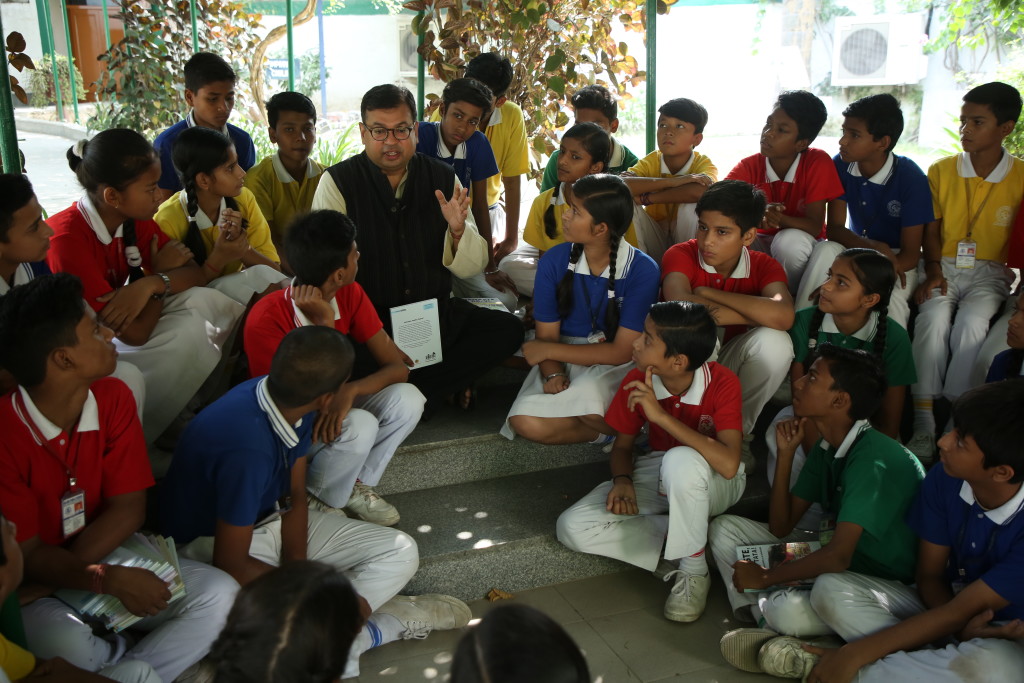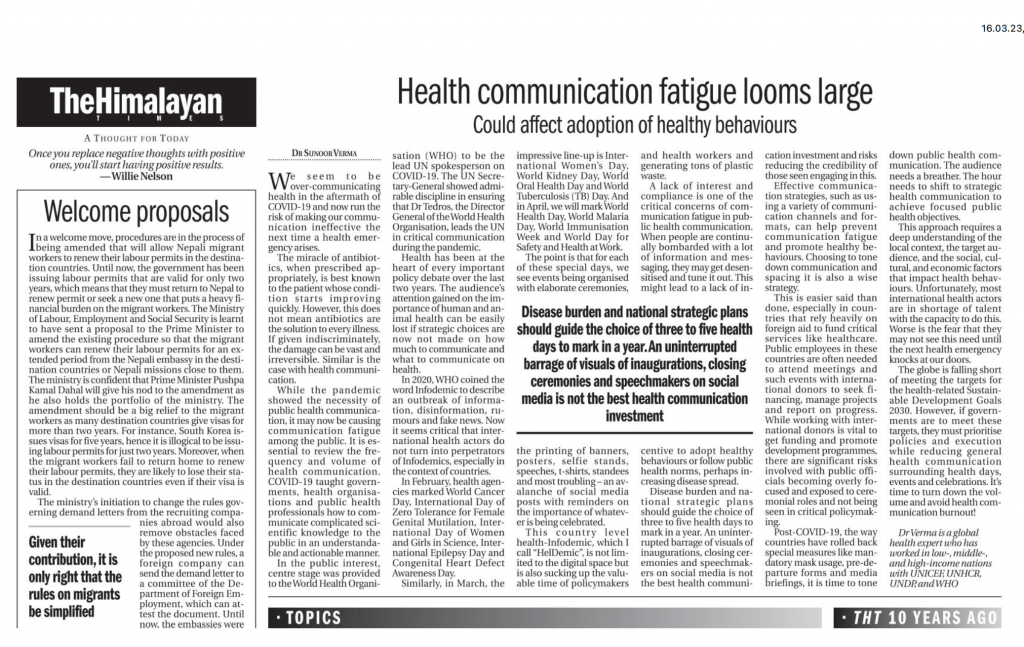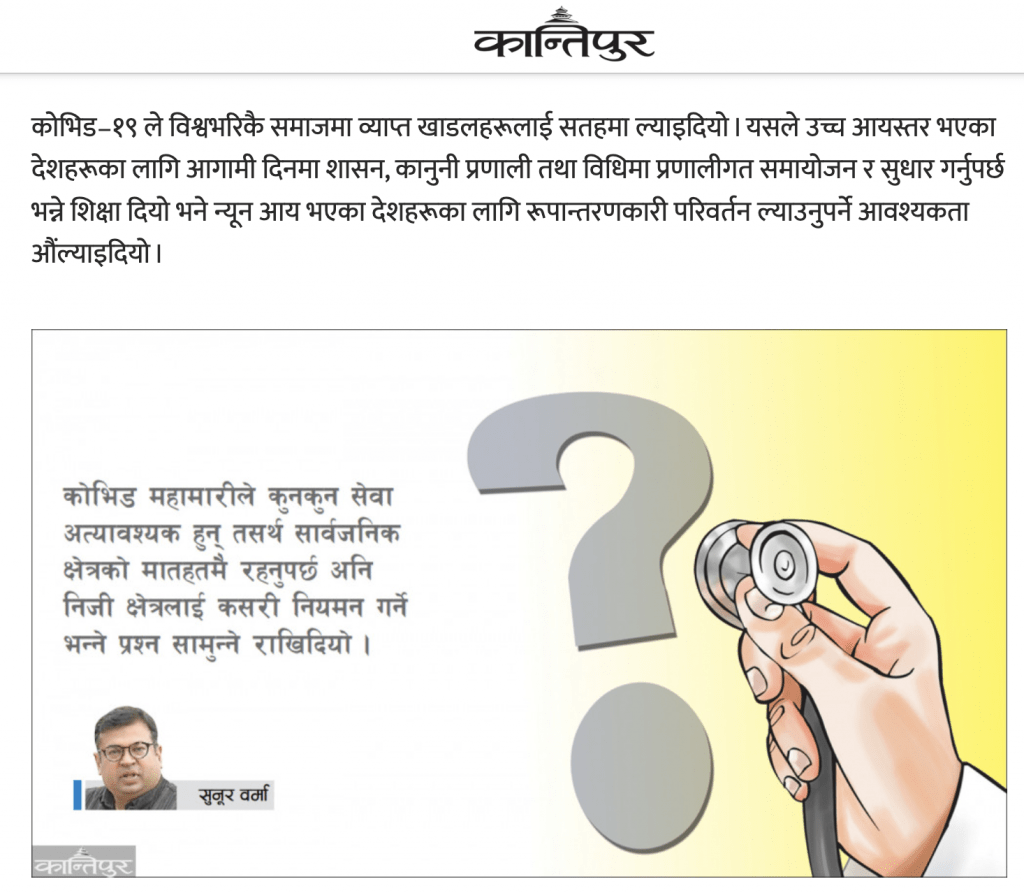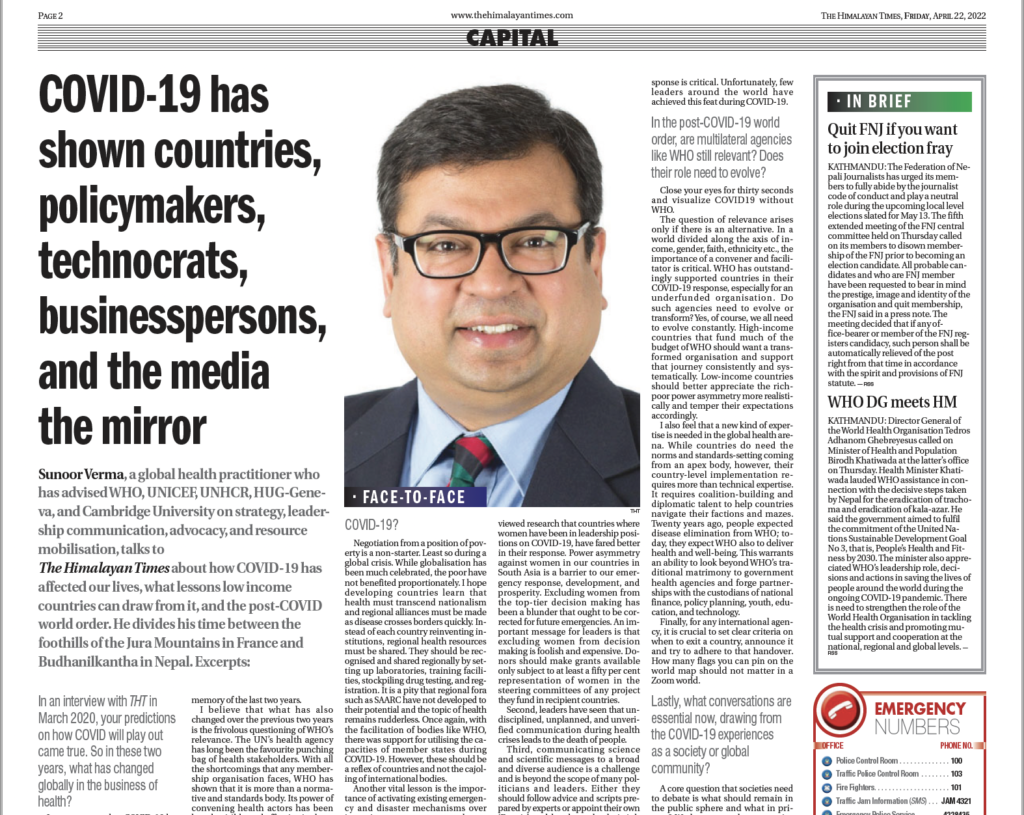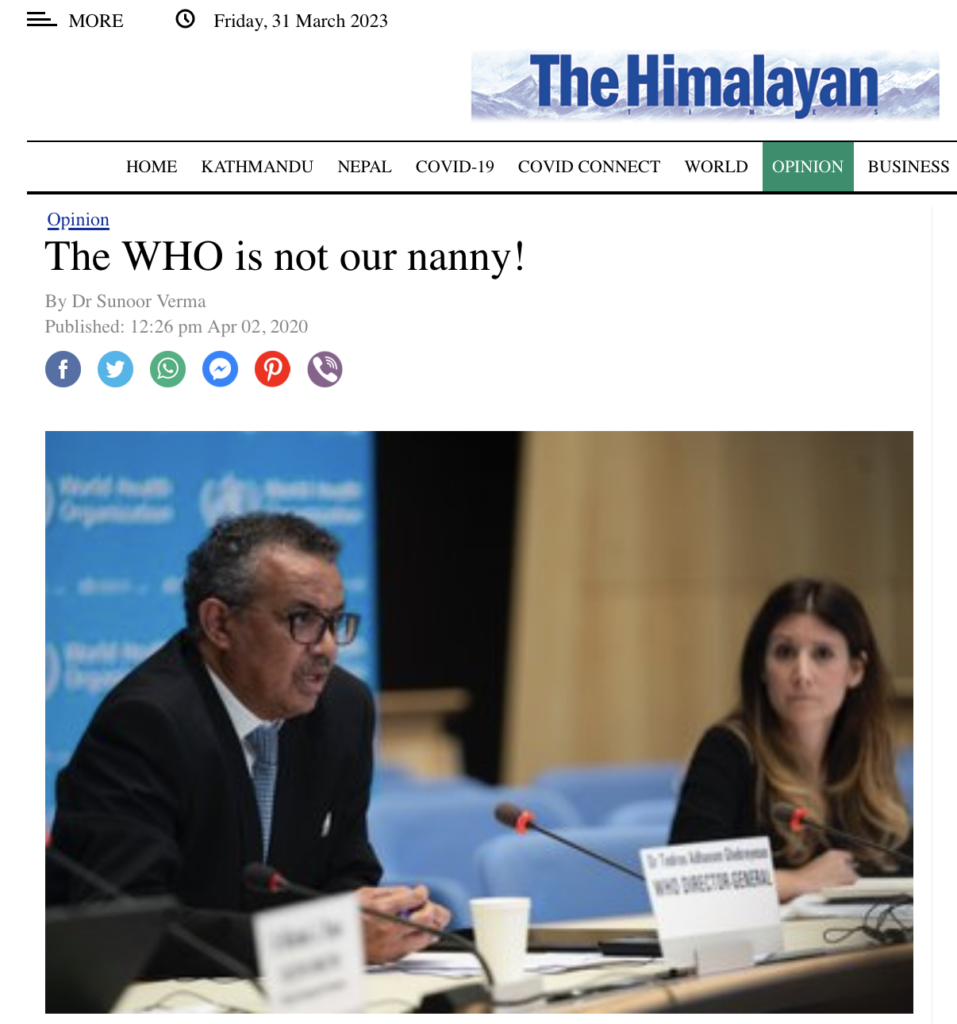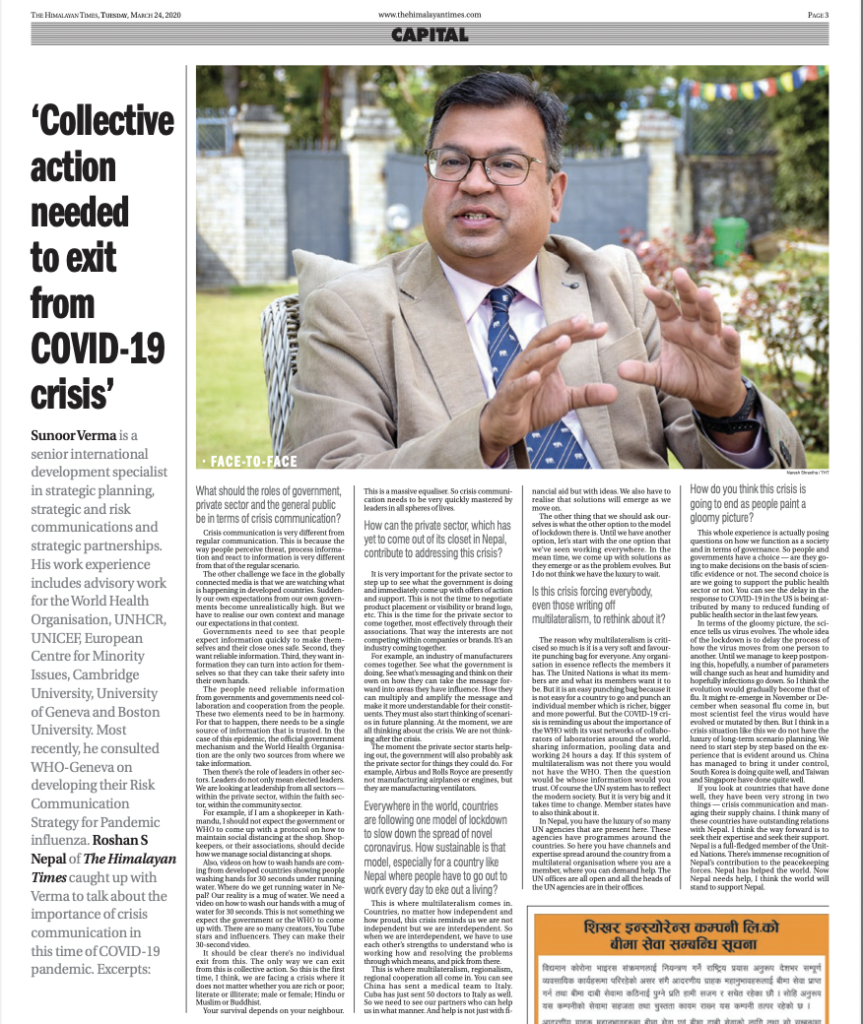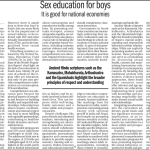
What is SexEd?
Sex education is a powerful tool that equips young individuals with accurate information about sexual and reproductive health. Beyond its social and health benefits, comprehensive sex education for boys also holds significant potential to impact a nation’s economy positively.
Patriarchal Norms in South Asia
In the unique cultural context of South Asia, where gender disparities prevail, focusing on sex education for boys becomes crucial. The region is characterized by deeply ingrained patriarchal norms and traditional gender roles, perpetuating unequal power dynamics in relationships and fostering unhealthy behaviours. Sex education can challenge these norms, promoting respectful attitudes towards women and encouraging gender equality. The rise in violence against women in developing countries is a serious problem that has several causes, including poverty, inequality, and harmful gender norms. One of the most critical factors contributing to this problem is the lack of comprehensive sex education for boys.
Disturbing Evidence
Of course, sex education is essential for girls as well. However, the specific challenges facing boys in South Asia make it especially important to engage them in this conversation. There is ample data to show that boys in South Asia are more likely to be the perpetrators of sexual violence, to be infected with HIV and other Sexually Transmitted Infections (STIs), and to be marginalized from sexual health services.
Disturbing statistics released by the United Nations Population Fund (UNFPA) in its 2023 ‘The State of the World’s Population Report’ shed light on the lack of sex education in South Asia. Merely 20% of schools in the region offer sex education, and only 10% provide comprehensive information on contraception, STIs, and abortion.
Consent, Communication, and Mutual respect
Comprehensive sex education goes beyond the physical aspects of sexuality and focuses on building healthy and respectful relationships. Educating boys about consent, communication, and mutual respect can lead to more fulfilling and equitable partnerships, contributing to healthier family dynamics and societal harmony.
Unintended pregnancies and STIs pose significant challenges in South Asia. The adolescent birth rate in the region, at 22 births per 1,000 girls aged 15-19, is the highest in the world, partly due to limited information about contraception and reproductive health among boys. Educating boys about STIs and prevention strategies can make significant progress in controlling their spread.
By promoting attitudes of respect, consent, and gender equality, sex education for boys also plays a crucial role in breaking the cycle of gender-based violence, including intimate partner violence and early marriages. According to the World Health Organization’s (WHO) ‘Global Status Report on Violence against Women and Girls’ of 2022, 37% of women in South Asia have experienced physical or sexual violence from an intimate partner. Educating boys about the importance of non-violence and respect for women can contribute to advocating for a safer and more inclusive society.
Furthermore, comprehensive sex education empowers boys to understand their responsibilities as fathers and be actively involved in their children’s lives. This can improve child well-being, family outcomes, and a more stable and prosperous society.
Poverty not an excuse
Despite challenges like poor schools and untrained teachers, introducing and strengthening sex education is imperative. Governments should collaborate with non-governmental organizations, international agencies, and community leaders to provide supplementary training and resources. Online resources and educational materials should complement classroom instruction.
Growing National Pride- an opportunity
Governments in South Asian countries are increasingly embracing their ancient civilizations and cultural heritage in school curriculums to foster national pride. As part of this growing trend, they can draw inspiration from their historical sex education practices and combine them with modern scientific knowledge to introduce comprehensive sex education in schools. Ancient traditions, like teachings from the Kamasutra in India, tantric practices connecting sexual energy with spiritual growth in India and Nepal, and temple art portraying human sexuality in India, Sri Lanka, and Myanmar, offer valuable insights. Additionally, specific tribal communities in India, Bhutan, and Nepal marked boys’ transition to manhood with ceremonies that included teachings about adult responsibilities, including those related to sexuality, marriage, and family life. Ancient Hindu scriptures such as the Kamasutra, Mahabharata, Arthashastra and the Upanishads highlight the broader principles of respect, mutual understanding, and responsible behaviour within relationships. While not explicitly promoting modern sex education, these principles can serve as a foundation for discussing sexual health, consent, and maintaining harmonious relationships in contemporary contexts. By blending this traditional wisdom with modern evidence-based approaches, these South Asian countries must offer relevant and age-appropriate sex education, empowering their youth with knowledge and promoting responsible attitudes toward sexual health and relationships.
Integrating sex education into the curriculum addresses social issues and has significant economic implications, as an informed and accountable youth can contribute to a more stable and prosperous society.
Best practices from poor countries exist
Several developing countries have successfully implemented comprehensive sex education programs for boys, promoting responsible sexual behaviour, reproductive health, and gender equality. In the late 1990s, Brazil launched successful sex education initiatives alongside discussions about gender equality and healthy relationships leading to significant improvements in reducing teenage pregnancies and the prevalence of sexually transmitted infections among adolescents. The Kenyan government has integrated comprehensive sex education into the national curriculum, covering topics such as reproductive health, family planning, and HIV prevention. Thailand has a comprehensive sex education curriculum that has contributed to a decline in teenage pregnancies and a reduction in HIV transmission rates among young people.
Comprehensive sex education is not a silver bullet but an essential tool for preventing violence against women and building a more just and equitable society for all. Investing in comprehensive sex education for boys is a matter of social responsibility and has profound economic implications. By empowering the youth with knowledge and fostering responsible attitudes toward sexual health and relationships, South Asian countries can pave the way for a more informed, equitable, and prosperous future.
After all, sex education is like fire prevention. You may not need it today, but you’ll be glad you had it if you do!
By Dr Sunoor Verma
Published in print and online in The Himalayan Times on 31st July, 2023
